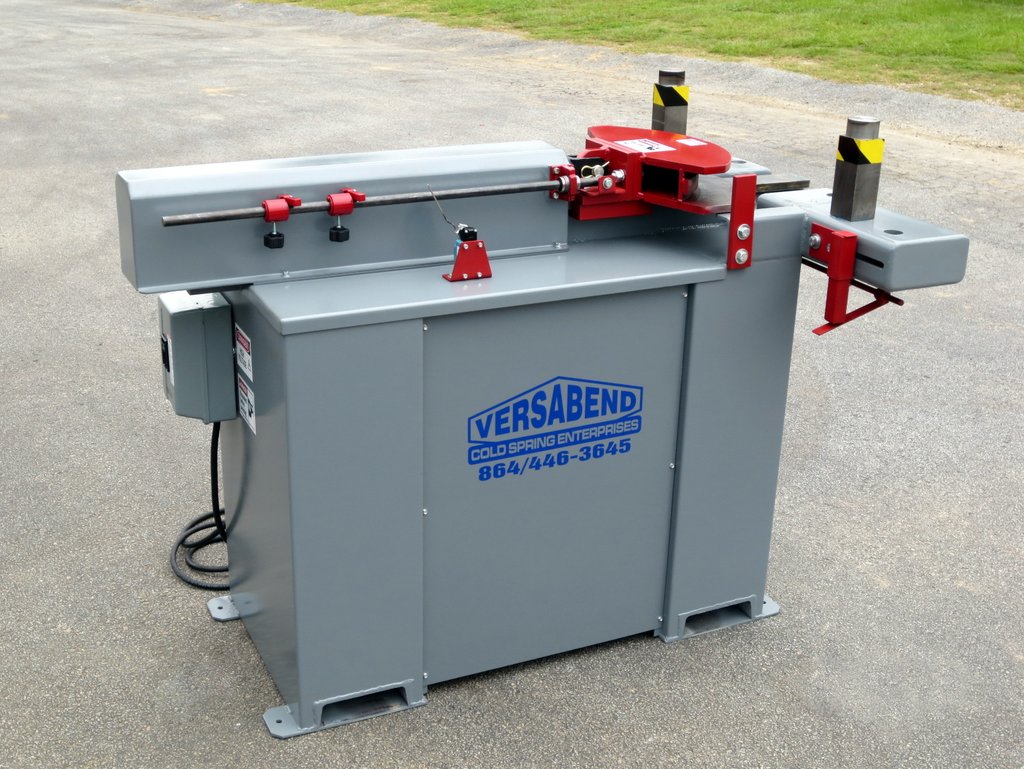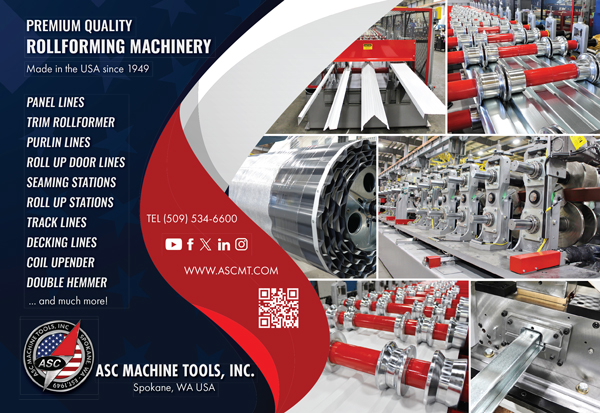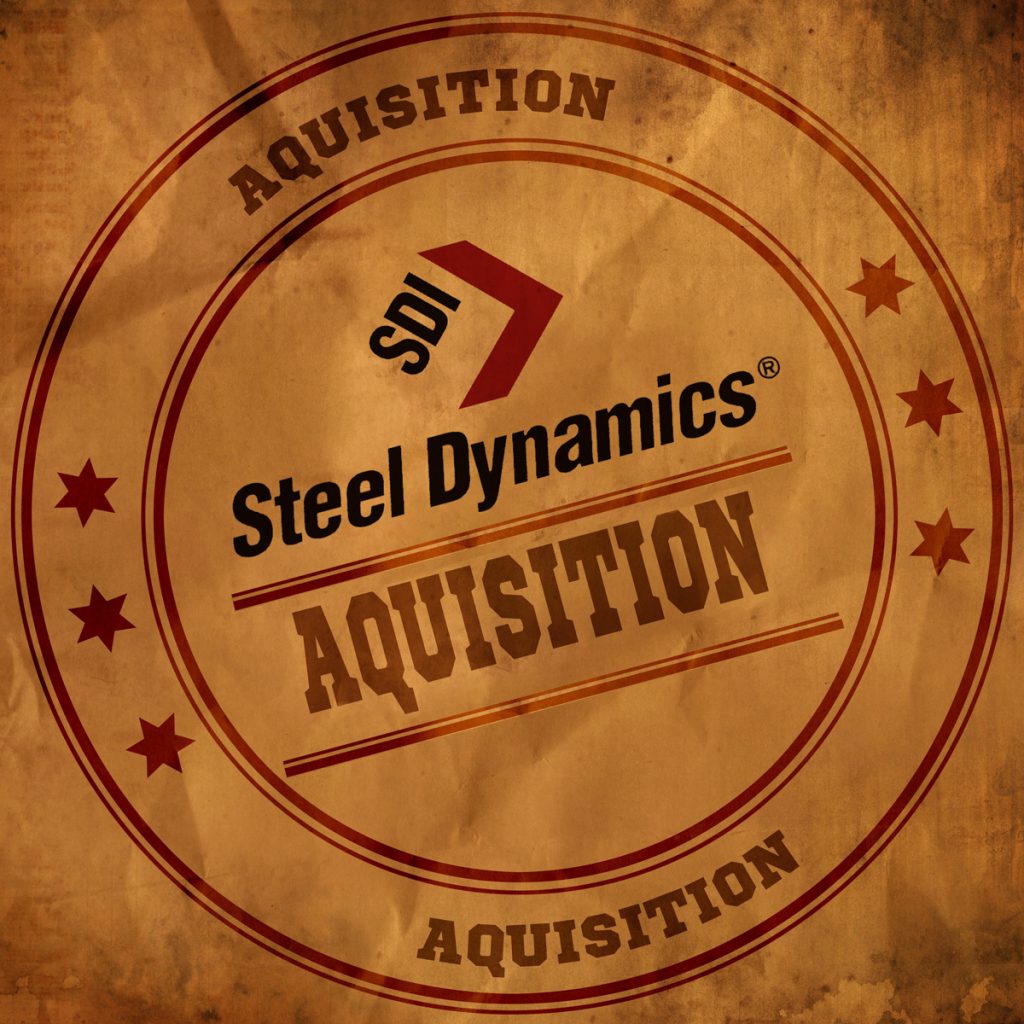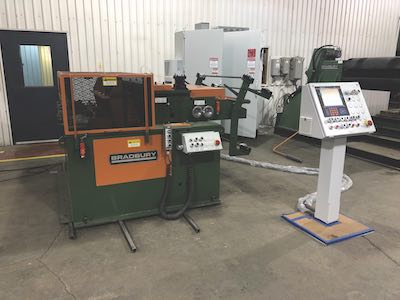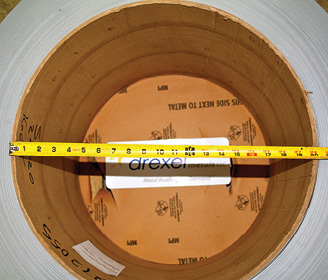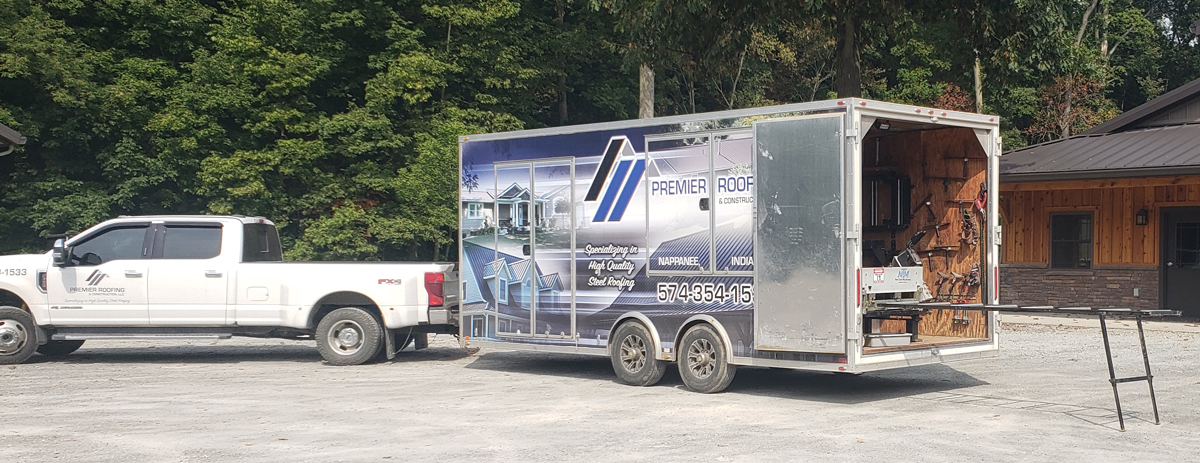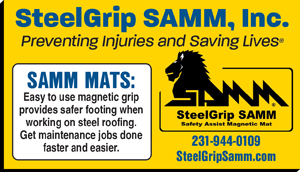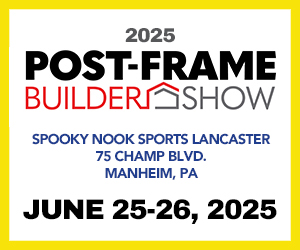The tube bending industry is doing well according to Wendell Hochstetler. As CEO of Cold Spring Enterprises, he would know; the company bends a lot of tubing. That said, they are more than tube bending, they are a full-service custom metal fabrication shop in Abbeville, South Carolina.
Hochstetler maintains that tube bending is doing well because it is more versatile than it once was. They have clients who build RV covers, car covers, garages, carports, and agricultural buildings with tube frames.
Cold Spring Enterprises also makes gusset plates, brackets, and other accessories for the galvanized steel industry that they ship nationwide, and they do custom work. They will also make kits for builders, but that is for local clients only; they are too big to ship. They offer metal sales, welding services, and CAD/CAM design services.
A lot of their business is bending steel into bows to make trusses; a 24’ wide bow is common in 2” x 3” 14 gauge galvanized square tubing. The completed trusses are shipped to retail stores.
The bending is completed by the Versabend Tubing Bender, the machine that they innovated and manufacture. It bends four different sizes of tube: 2” square, 2 1/4” square, 2 1/2” square, and 2” x 3” rectangle. This bender is a very consistent piece of equipment and if it is maintained, it lasts a long time. The main factor in maintaining the bender is keeping it lubricated.

“Some shops have had this machine for 18-20 years with little to no issues,” Hochstetler said proudly.
Tube bending is a very simple process according to Hochstetler. Finding galvanized tubing at a good price has been the biggest challenge, but it is a made-in-America component and availability is getting better.
Another challenge occurs when the tubing gets wet which can lead to white rust. Keep your tubing in a good, weather-tight storage place to avoid this problem.
The most common bending error is over-bending, but even that is rare, Hochstetler says, because the machine has an automatic stop to keep the tube from over-bending, so if it is set right that won’t happen.
Most often bending errors occur when you have inexperienced workers, someone new to the process. They are likely not as efficient; that comes with time.
The most important piece of knowledge for someone learning the process is that every piece of tubing needs to have the seam laid in the same direction when they go through the bender. You want the seams to end up in the same place on the finished components.
Hochstetler offered this final advice to anyone who might be interested in getting into the industry, “The company that you buy from is important. Allied Pipe and Tube has inline galvanized tubing that is very consistent, high quality tube. Gregory Tube and Midwest Tube Mills are other tried and true suppliers.” RF


